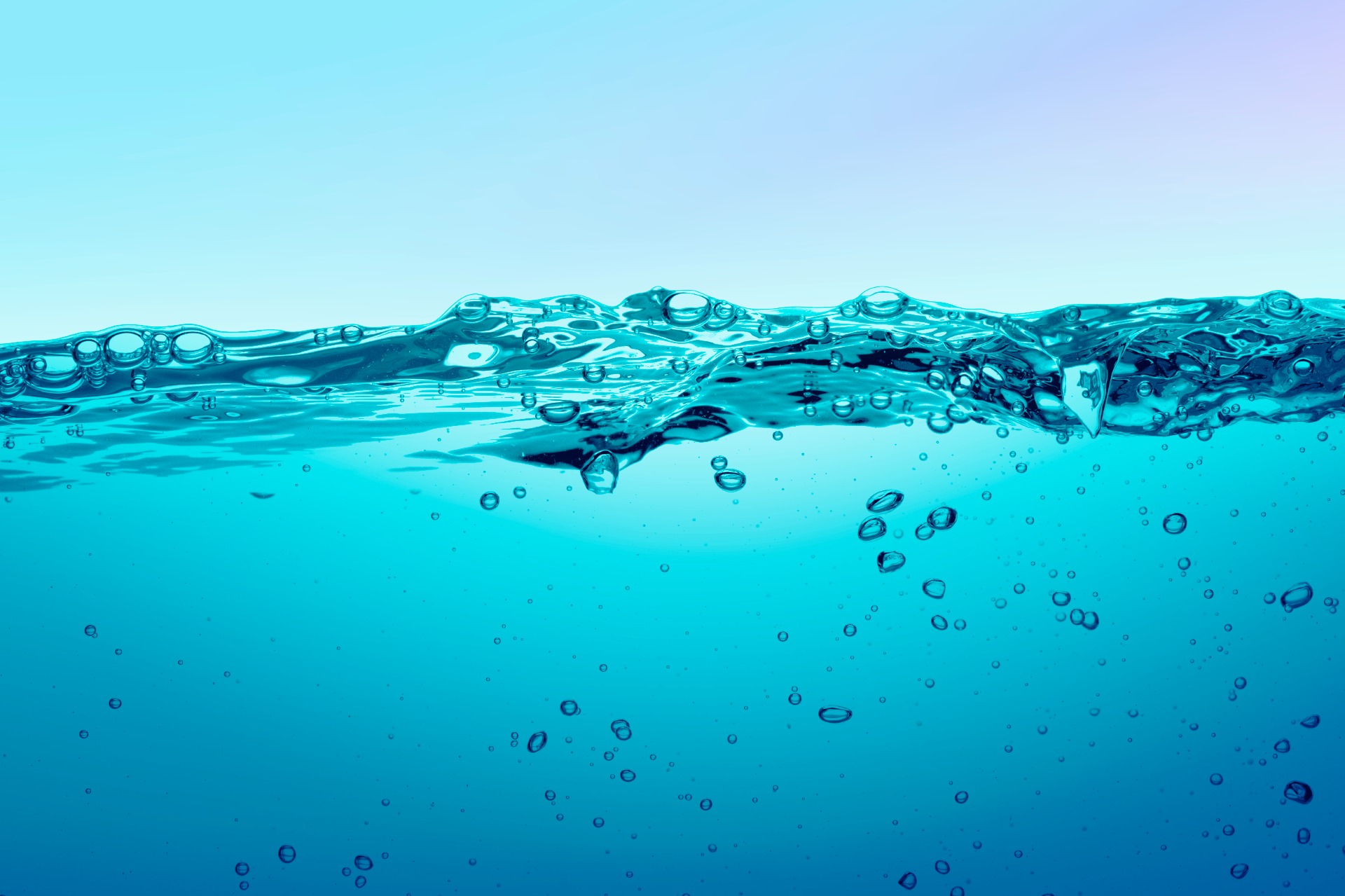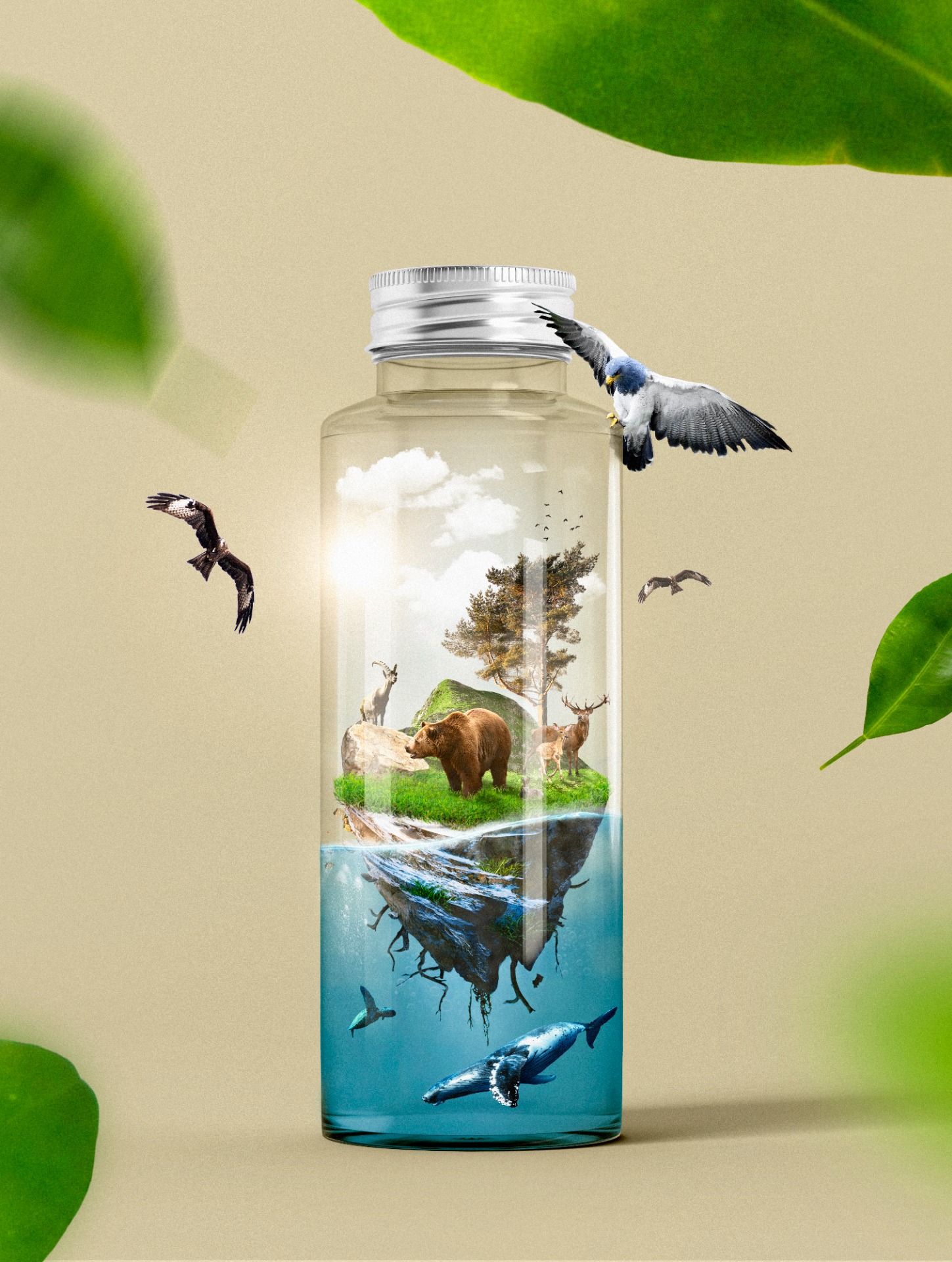
Polytechnic University of Valencia
-research project-
Microplastics in Drinking Water Fountains at the Polytechnic University of Valencia: Presence, Distribution, and Implications
Main-author: Ioana Caprar,
Faculty of Environmental Science, Babes-Bolyai University, Cluj-Napoca, Romania;
Research Institute of Water and Environmental Engineering (IIAMA), Polytechnic University of Valencia, Spain

1.
Introduction
The Universitat Politècnica de València (UPV) is a prominent public institution
in Spain, specializing in science, technology, engineering, arts, and business.
Established in 1971, its roots trace back to 1968 with the creation of the
Instituto Politécnico Superior de Valencia. Over the years, UPV has expanded to
encompass a diverse range of academic disciplines and research areas.
UPV operates across three main campuses: Vera (Valencia), Alcoy, and Gandia. The Vera campus, located in the city of Valencia, serves as the primary site and spans approximately 558,306 square meters, housing various academic and administrative buildings.
As of recent data, UPV hosts around 28,000 students and employs approximately 2,500 teaching and research staff, supported by 1,500 administrative and service professionals. The university comprises 13 schools and faculties, offering a wide array of undergraduate, master's, and doctoral programs.
UPV's commitment to innovation and excellence has positioned it as a leading technological university in Spain.
In addition to its academic pursuits, UPV actively engages in research and development, contributing to advancements in various fields. The university's dedication to sustainability and environmental responsibility is evident through initiatives like the implementation of certified environmental management systems.
Overall, the Universitat Politècnica de València stands as a dynamic institution, fostering education, research, and innovation within Spain and the broader international community.

UPV offers various services within the university campus, including access to drinking water through fountains installed inside each building, but also on the campus alleys.
As part of this study, 2 x 10 water samples were taken for 10 days, between March 2024 and January 2025, from 2 outdoor fountains on the university campus alleys.
The water samples were subjected to microscopic analysis and Raman spectroscopy in order to detect microplastic particles.
Microplastics (MPs), defined as plastic particles smaller than 5 mm, have emerged as pervasive environmental contaminants. Initially studied in marine ecosystems, recent research has confirmed their presence in freshwater systems, air, soil, food, and drinking water.
Human exposure to MPs through ingestion and inhalation has raised public health concerns, especially in densely populated or frequently used environments such as educational institutions.
This study focuses on the presence and distribution of MPs in drinking water fountains located across the campus of the Polytechnic University of Valencia (UPV), aiming to evaluate exposure risk and identify patterns that may suggest sources or contributing factors.
~~~~
2.
Materials and Methods
Two drinking water fountains were sampled across outdoor spaces
within the UPV campus. For each fountain, 100 liters of water were collected in
clean glass containers and filtered in situ using 0.010 mm, 0.040 mm, and 0.075
mm metallic sieves. The water samples were filtered through glass-fiber filters
(pore size of 1 μm and a diameter of 47 mm - VWR Glass Microfiber Filter grade
692). The retained particles were analyzed using microscopy and Raman
spectroscopy to identify and quantify microplastics. MPs were classified
according to type (fiber, fragment, film), color, and estimated size. To avoid
sample contamination, procedural blanks were included and handled in parallel
with field samples. All equipment was rinsed with filtered distilled water
before use, and samples were covered immediately after collection.~
~~~~
3.
Results
Microplastics were detected in every sample collected from the
two fountains. The number of MPs found was from 2 to 15 in 200 L. The
predominant color of the microplastic particles detected was blue (49%),
followed by transparent (33%), red (12%), and black, green, and yellow,
representing the remaining 6%.
~~~~
4.
Discussion
The universal presence of MPs in the sampled fountains suggests a
widespread contamination issue that could stem from airborne microplastic
deposition, degradation of surrounding infrastructure, or contamination during
water storage and transport in the pipe system.
These findings mirror results from other urban and institutional settings, reinforcing the notion that microplastic exposure through drinking water is not confined to industrial or polluted regions. While the health effects of low-dose, chronic microplastic ingestion remain unclear, emerging studies suggest potential inflammatory and toxicological impacts, justifying a precautionary approach.

~~~~
5. Conclusion
This investigation highlights the ubiquity of microplastics in the drinking
water fountains of the UPV campus. Although the particle concentrations are
low, their consistent presence in all samples raises concern for potential
long-term human exposure, especially in environments where users
rely heavily on public drinking fountains.
Preventative actions, such as improved maintenance of water infrastructure, awareness campaigns on synthetic clothing, and further monitoring, are recommended to mitigate contamination. Future research should also focus on identifying the exact sources of MPs and evaluating their potential health risks through multidisciplinary studies.
Ioana Caprar, 28.05.2025
